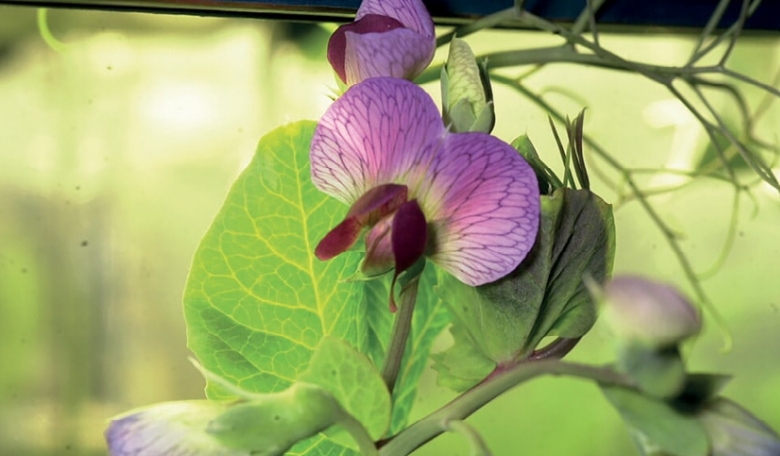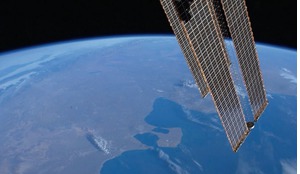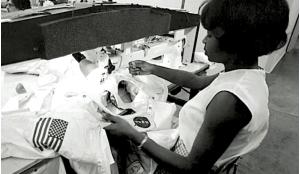Whilst today’s space missions in near-Earth orbit use partial water regeneration and oxygen is replenished by water electrolysis systems, crews remain reliant on supply ships for timely delivery of food supplies. In the future, on long-term flights to the Moon or Mars, they will carry plants and crew members will need ‘green fingers’ to cultivate, tend and harvest crops that will supplement food stocks. Learning how to grow plants in space now will also contribute to the development of advanced life-support systems of the future, from gas exchange and food production to potable water reclamation.
The idea of using plants to maintain life support systems in space is not a new one. Russian scientist Konstantin Tsiolkovsky first suggested it over one hundred years ago in his 1911 work, Exploration of Outer Space by Rocket Devices. “Just as the Earth’s atmosphere is cleaned by plants with the help of the Sun,” he wrote, “so our artificial atmosphere can be renewed... the plants we take along with us during the journey can work uninterruptedly for us.”
Tsiolkovsky understood not only the main principle of using regenerative systems for deep space flight but, in his 1926 works Outside the Earth and Plan for Conquering Interplanetary Space, he also suggested the construction of a cylindrical space greenhouse in order to obtain oxygen, food and clean the air in the capsule. “Man then achieves greater independence from Earth, as he is able to procure necessary life support elements on his own,” he wrote.
By the time the spaceflight era really got under way there was already a clear understanding of the potential role of plants in space exploration. But unlike Tsiolkovsky, modern scientists had doubts that plants would be able to successfully grow and reproduce in a zero gravity because their dependence on gravity was considered too great.
Find out more about the history of growing plants in space, current research in the field and the future of plants in zero gravity in the full version of the article, available now to our subscribers.














